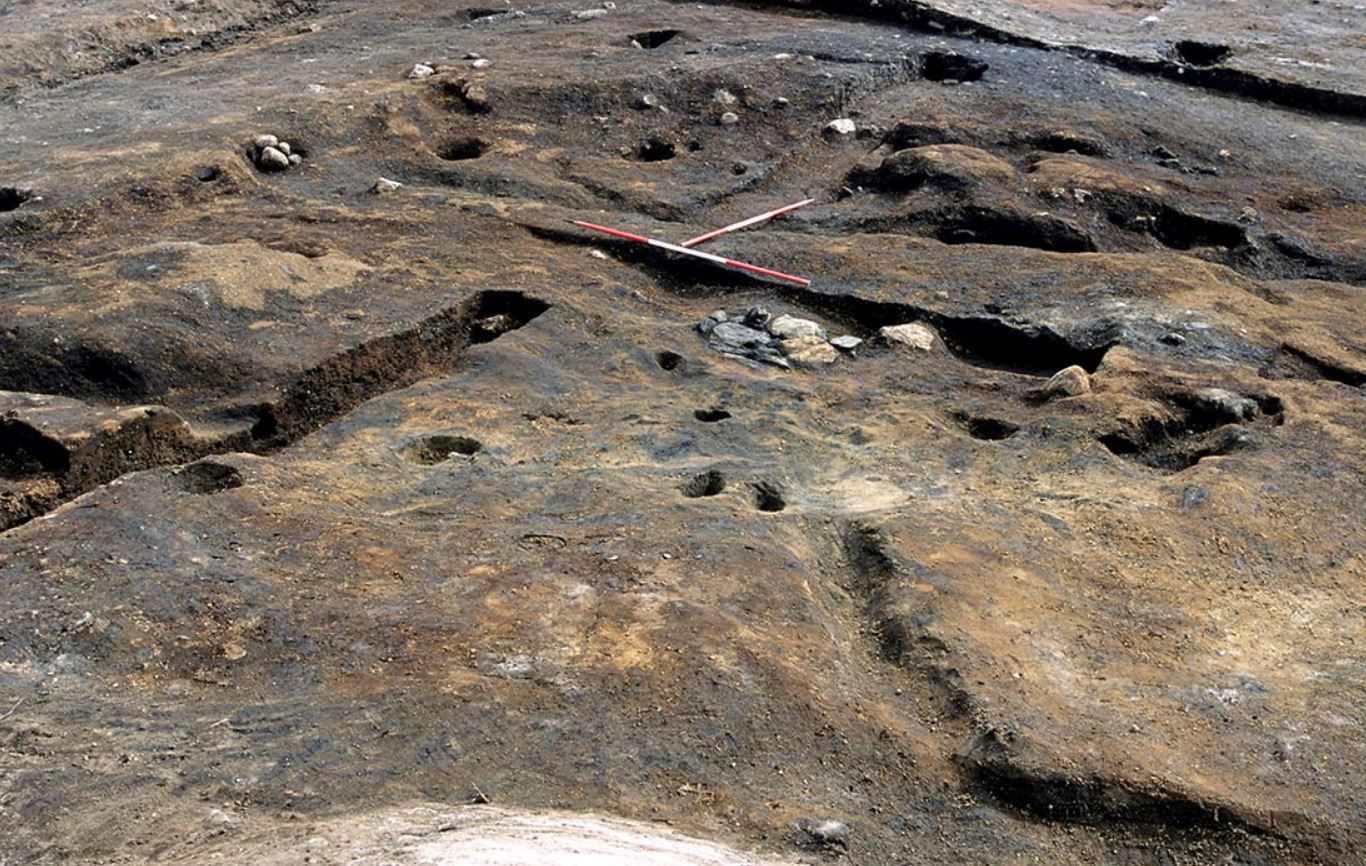
TRONDHEIM, NORWAY—Silje Fretheim of Norwegian University of Science and Technology analyzed the excavation of 150 well-preserved Stone Age dwellings in Norway and found that some Mesolithic hunter-gatherers built pit houses that were maintained for 1,000 years. According to a report in Science Nordic, the earliest traces of homes are small rings of stones that secured tent flaps made of animal skins, and cleared surfaces with areas of debris from stone tool construction. Fretheim thinks hunter-gatherers traveled with these small tents. Then, some 9,500 years ago, as the ice retreated and sea levels along the coast stabilized, people began to build pit houses with frameworks of wood and turf that were slightly larger than the tents. These larger dwellings may have been shared by larger family groups. Some of the pit houses were abandoned for a time and then reused over a period of more than 1,000 years. Fretheim suggests people placed the houses in areas supported by good fishing and hunting conditions because they recognized good places to live. To read about another archaeological project in Norway, focusing on much more recent history, go to “The Secrets of Sabotage.”










